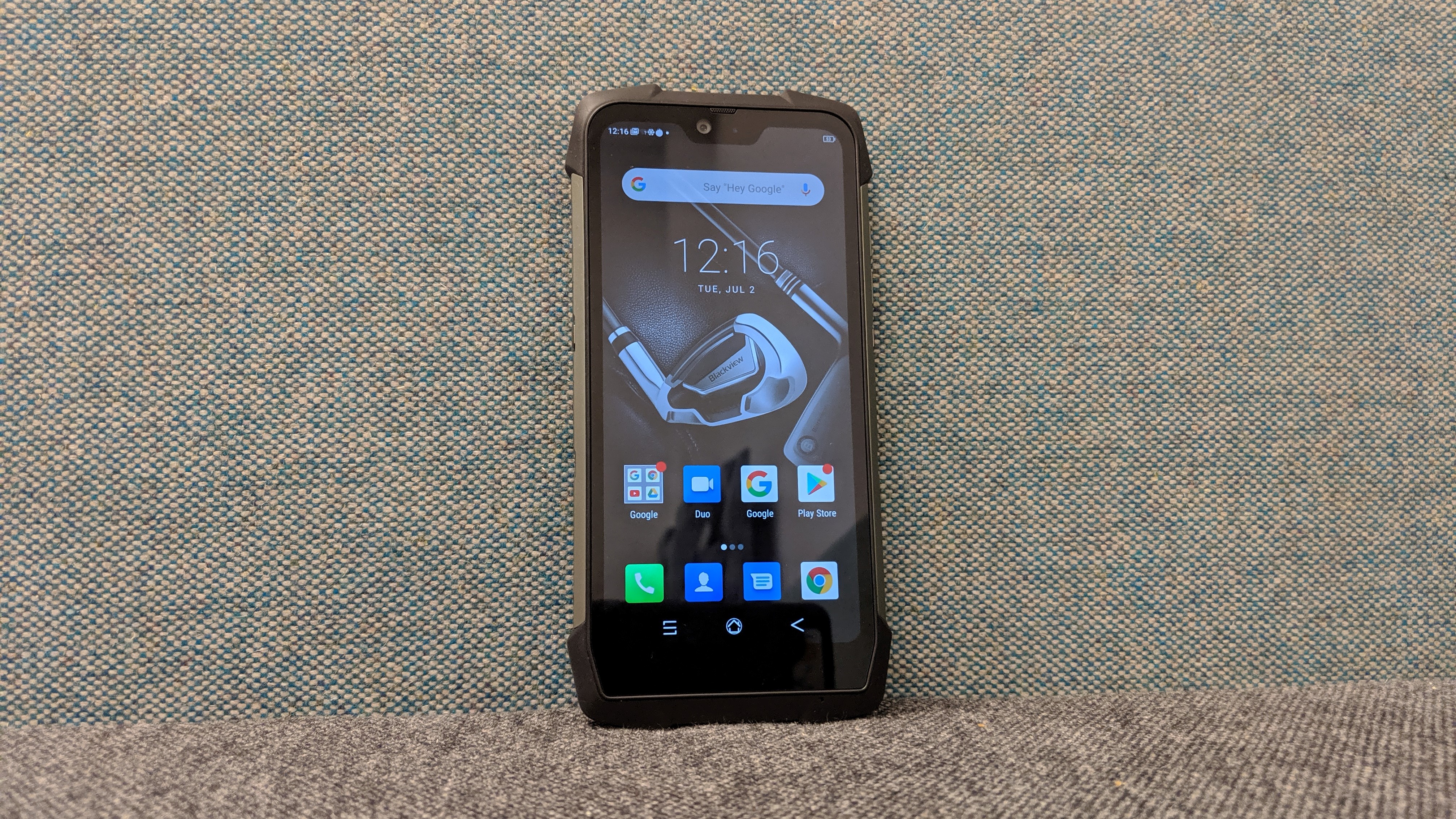TechRadar Verdict
The Blackview BV9700 Pro is a generational update on a mature range of ruggedised devices. We’d like to see better components (CPU and GPU) in the next iteration though, even if it means higher prices. It’s time for someone to shine in 2020.
Pros
- +
Fantastic value for money
- +
Modularity concept
- +
P70 performance
Cons
- -
802.11n
- -
USB port is not covered
- -
Smallish battery
Why you can trust TechRadar
Blackview, together with Doogee, AGM and Ulefone, has been some of the more regular ruggedised smartphone vendors in a crowded market. The BV9700 Pro is the tenth smartphone that we will review from this prolific Chinese manufacturer. The former flagship model, the BV9500 Pro, launched in October and had some unique features that, even at $400, made it a steal.
For the 9700 Pro, Blackview dabbled with crowdsourcing, sharing the risk (and rewards) with more than 1000 backers that together pledged an astonishing $343,926, that’s just under $343 per backer. The phone made its debut at MWC 2019 in February and follows the Doogee S90 smartphone which started on Kickstarter, ending its campaign with about the same number of backers/pledges.
Blackview sent us the sample and you can only pre-order it from Indiegogo for $337 at the time of writing (ed: Now up to $399 and you can buy it from Blackview's store). Note that while this price includes delivery, it is exclusive of any taxes that may be levied by the relevant authorities or the courier companies on behalf of the vendor.
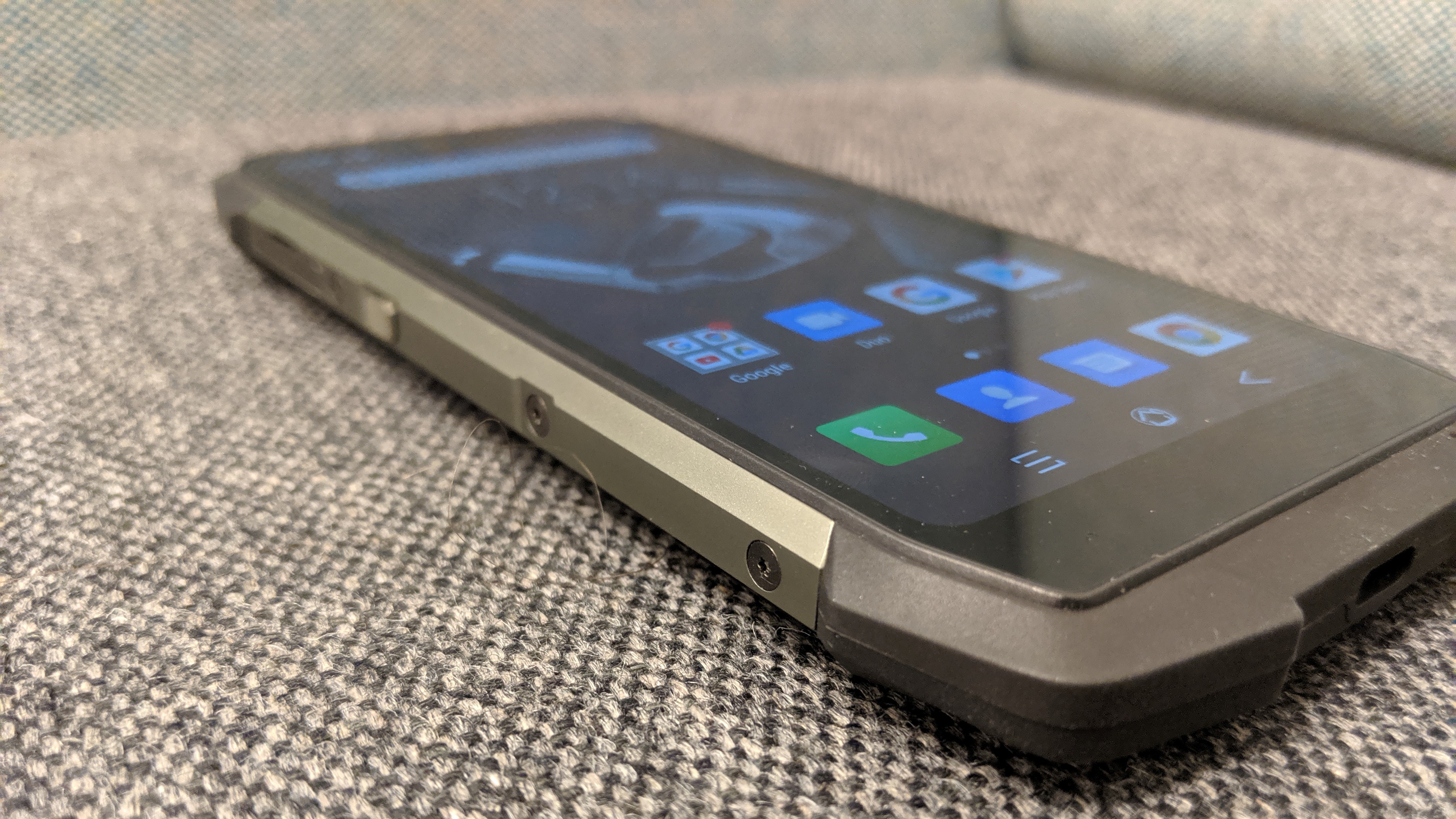
Design
Blackview’s design language has evolved significantly over the past three years with less garish colour schemes. A more conservative approach means that there’s a lot of gunmetal, grey and black colors with the usual mixture of materials: a bit of titanium aluminum alloy, soft rubber plus polycarbonate.
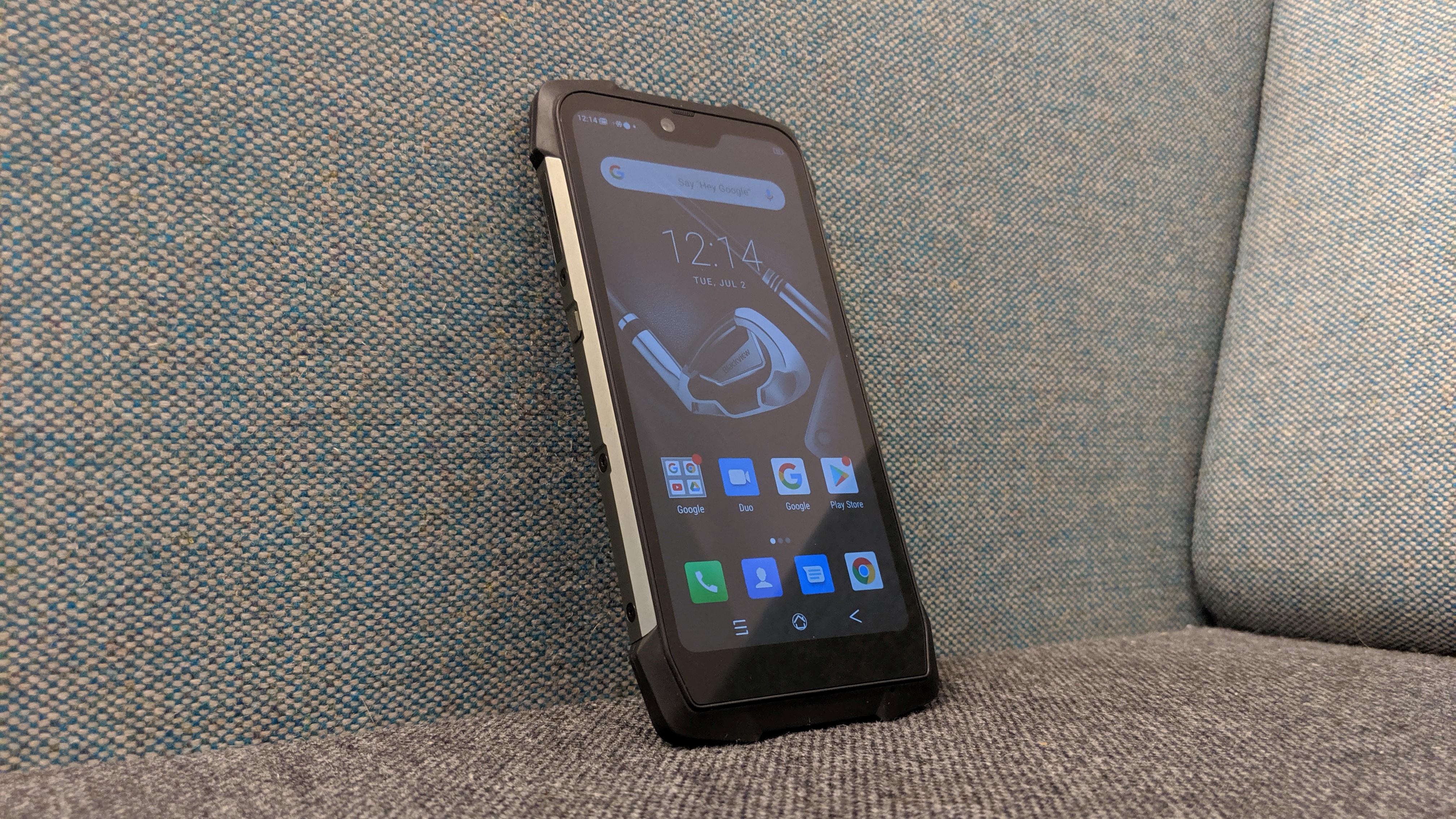
Remember that this is an IP68-rated and MIL-STD-810G-certified (and tested) smartphone which means that it is solidly built. Despite having a sub-6-inch display, it still weighs 283g and measures 166 x 81 x 16.5mm.
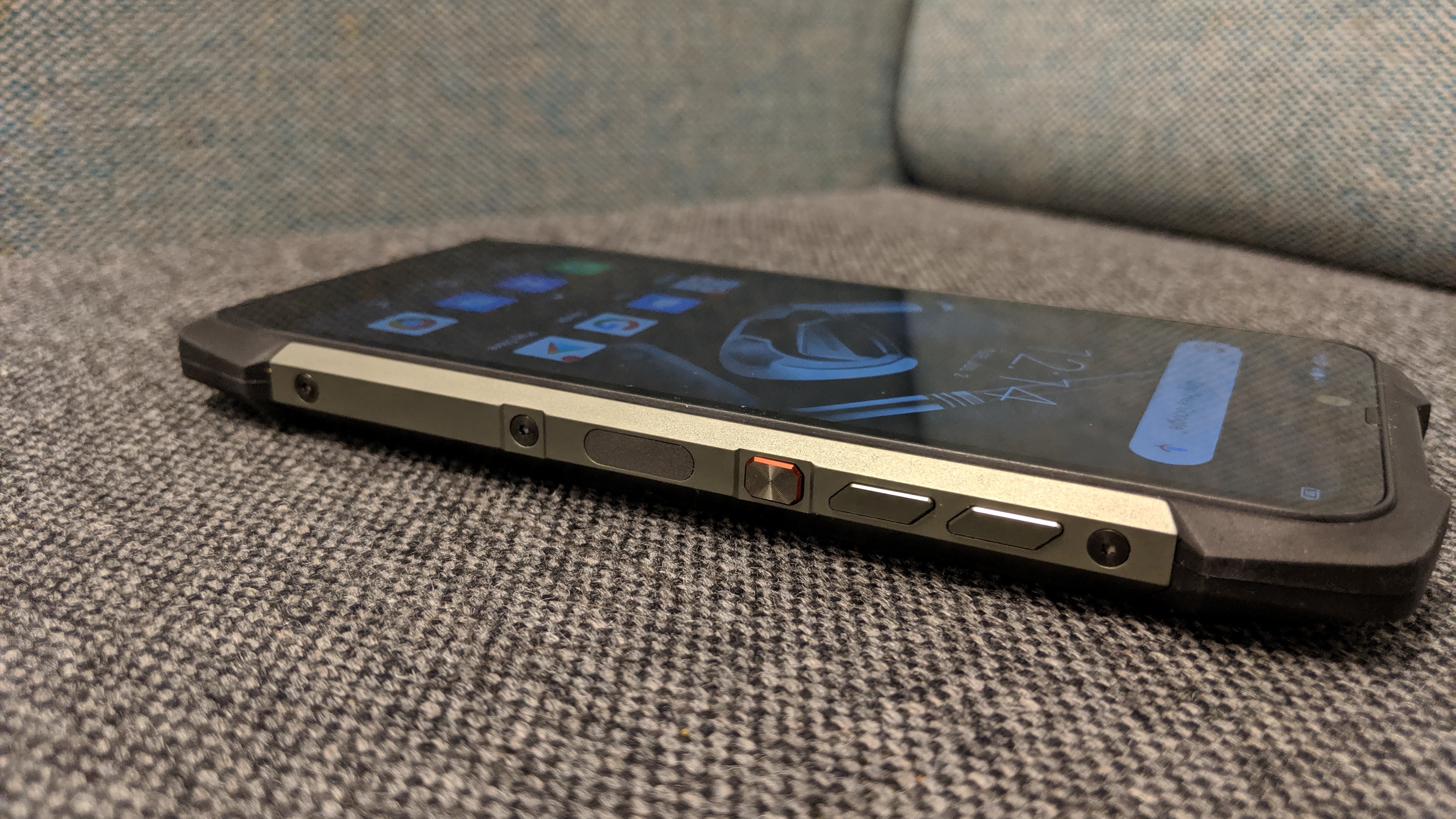
Blame that on the big battery and the length at which Blackview went to protect the innards and the display. The latter for example is recessed slightly (a fraction of a millimeter); not a lot but enough to prevent the screen from smashing when falling face down. It is also protected by rather thick bezels, almost 20mm at its thickest.
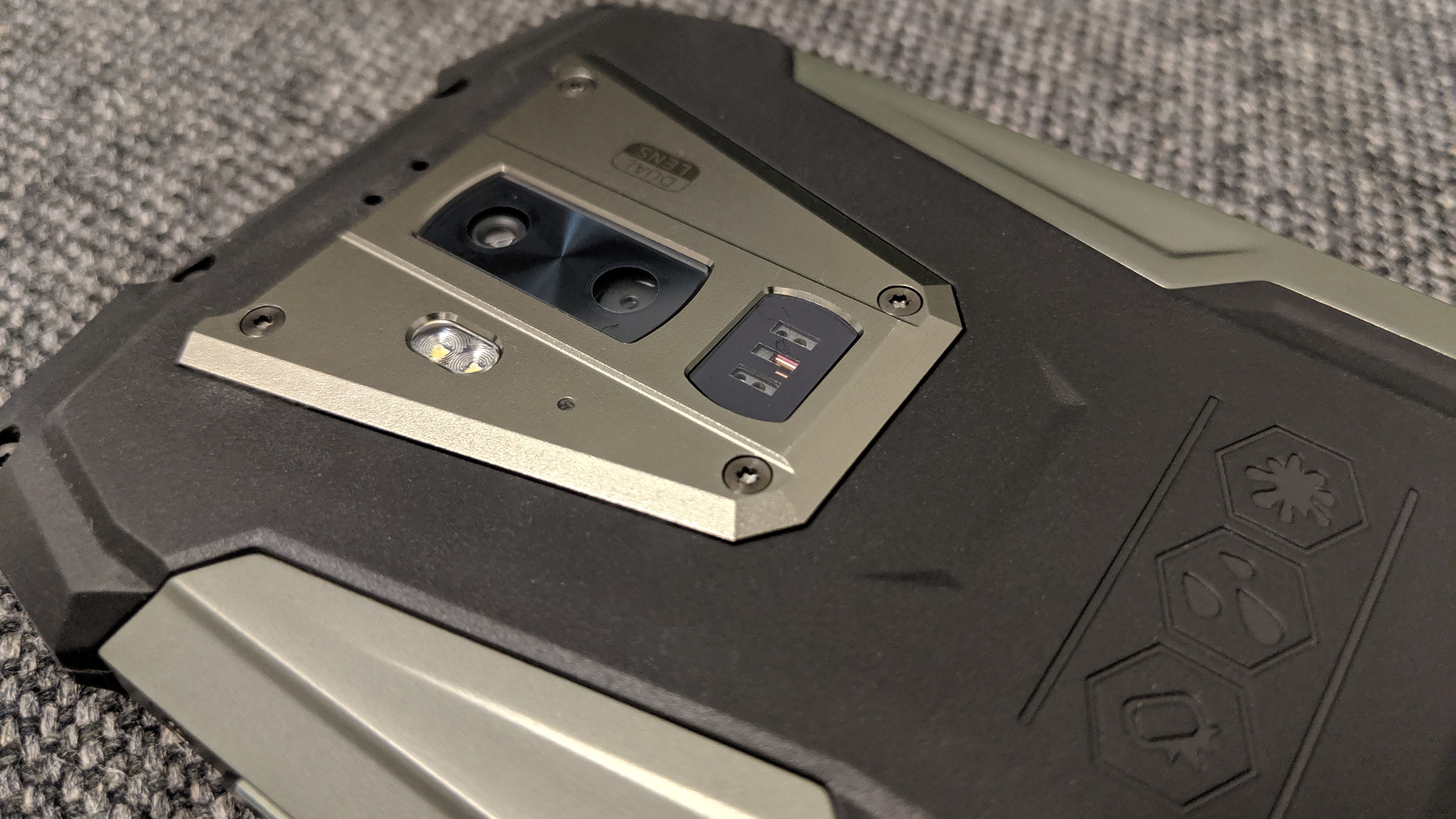
The button placement is familiar: dual SIM tray with dedicated photo/customized button on the left, front facing camera (Samsung 16-megapixel) with status light in front, fingerprint sensor, volume rocker and power button on right and dual camera (16-megapixel and 8-megapixel), VOC, heart-beat monitor sensors and speaker grill at the back. At the bottom is a USB Type-C connector that is not covered. So be wary of dust and material that might get lodged in there.
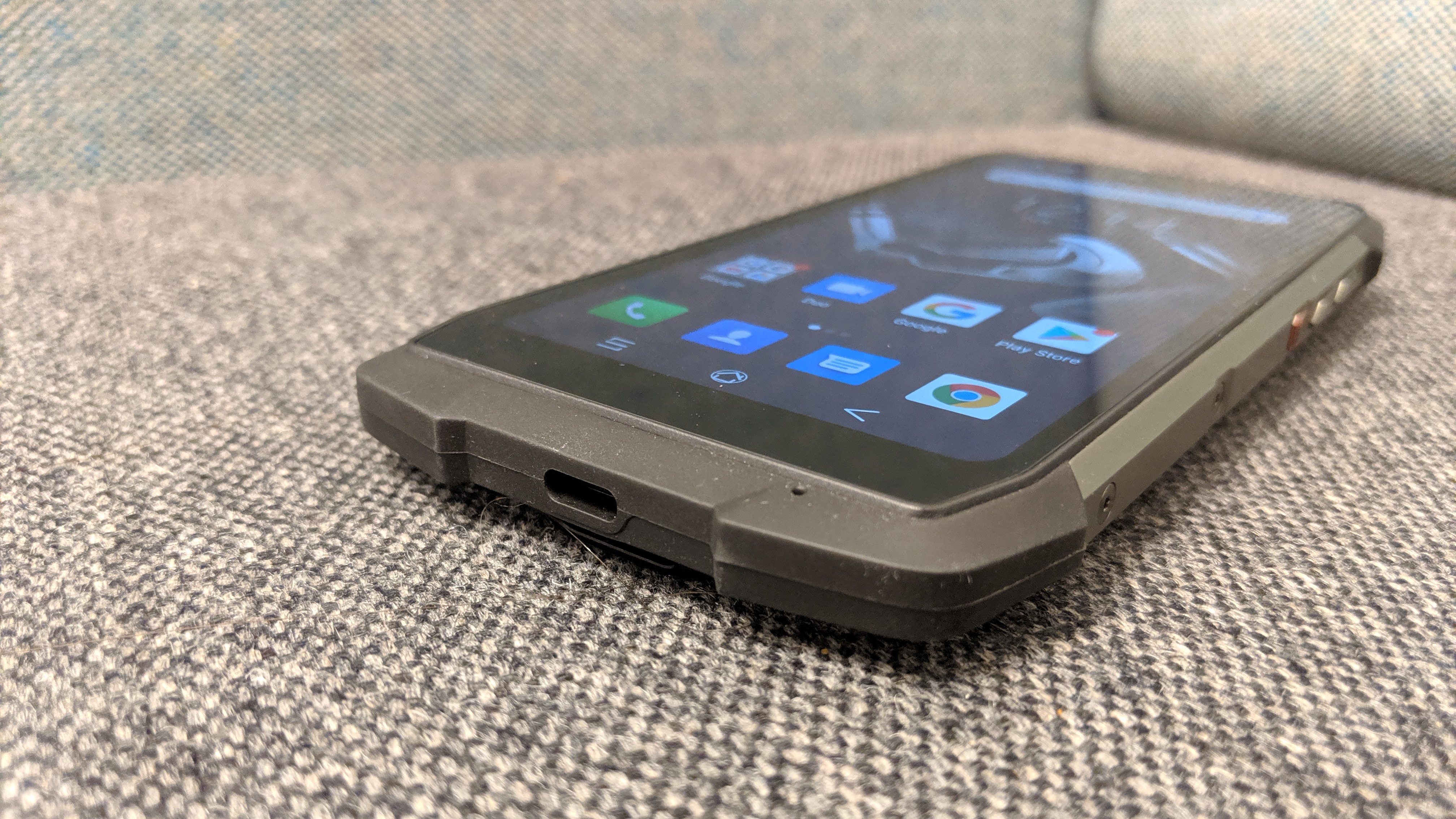
Hardware
This is what the Blackview BV9700 Pro packed:
CPU: Mediatek P70
GPU: Mali-G72 MP3
RAM: 6GB
Storage: 128GB
Screen size: 5.84-inch
Resolution: 2280 x 1080
Weight: 283g
Dimensions: 81.3 x 165.9 x 16.5mm
Rear camera: 16+8MP
Front camera: 8MP
OS: Android 9
Battery: 4.38Ah
Powering the device is the newest mid-range CPU from Mediatek, the P70, which sports eight cores and an Arm Mali-G72 MP3. That’s paired with 6GB of RAM and 128GB onboard memory. That can be augmented using a microSD card slot but you lose the ability to run two SIM cards simultaneously should you choose to do so.
The 5.84-inch display has a notch, an 19:9 aspect ratio and a resolution of 1080 x 2280 pixels. A smaller display means a higher pixel density or finer details on-screen. So many pixels may reduce battery life as well as negatively impact performance.
Note that the BV9700 Pro also supports wireless charging (10W) plus NFC. A 4.38Ah battery - smaller than most of the competition - powers it.
Blackview has also planned for a number of accessories to complement the BV9700 Pro. The first one is a $50 night vision camera equipped with a Sony sensor and a wireless charger is also available. Note that these are unlikely to be IP68 rated as the BV9700 Pro.
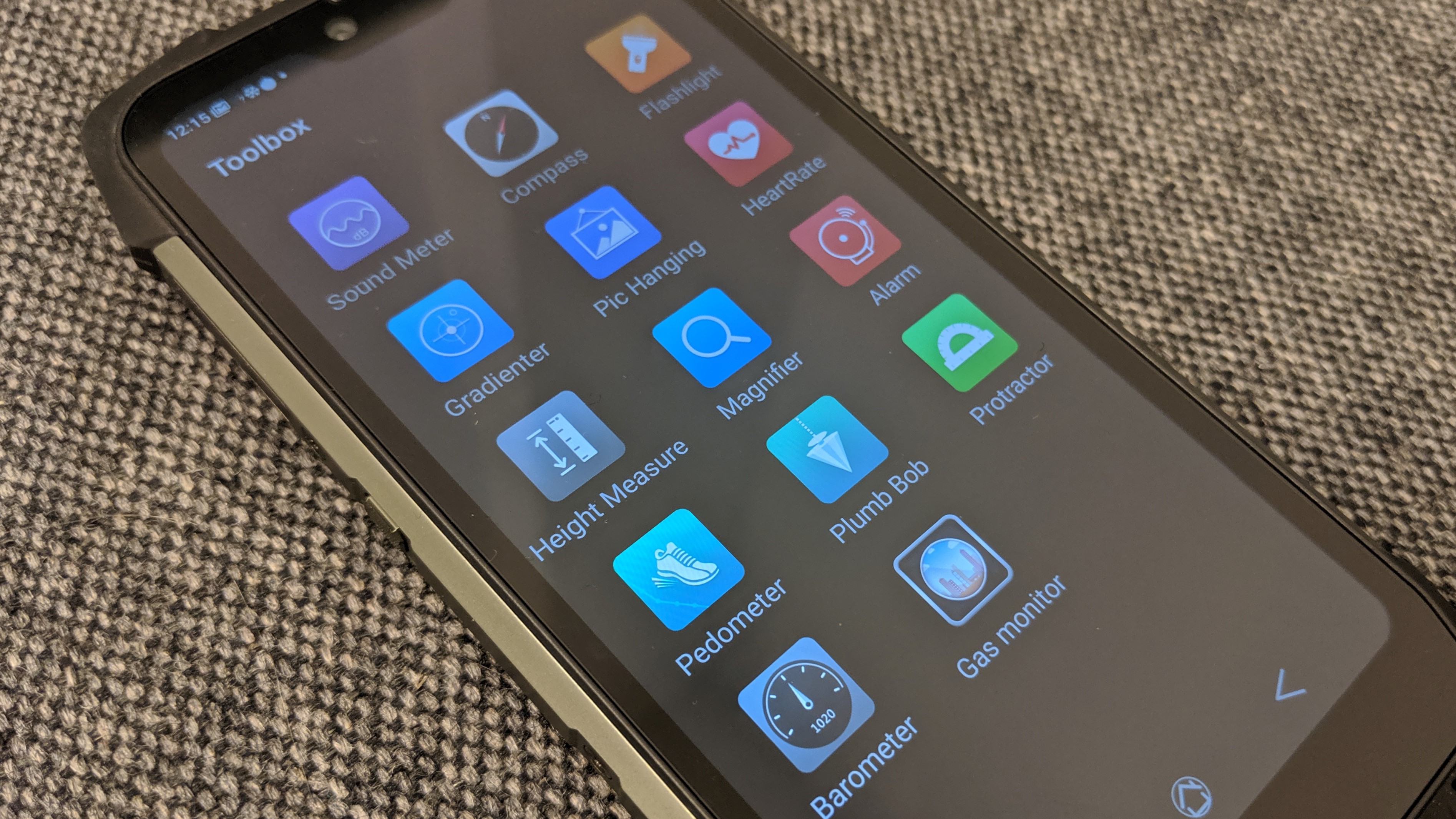
In use
This is how the Blackview BV9700 Pro performed in our suite of benchmark tests:
Geekbench: 1540 (single-core); 5872 (multi-core); 5451 (compute)
PCMark (Work 2.0): 8,116
Passmark: 9669
Passmark CPU: 16,8015
Basemark: Did not run
Androbench (sequential): 293.82 (sequential read); 191.38(sequential write)
Androbench (random): 81.26 (random read); 21.94 (random write)
3DMark Slingshot: 1,437
3DMark Slingshot Extreme: 1,283
3DMark IceStorm: Too powerful
HWBot Prime: Did not run
As you can expect, the BV9700 Pro delivered the goods and the P70 that powers it is a marked improvement on the P60. It was not a walk in the park but the performance delta was around 10-12 per cent depending on the benchmarks on average. That was especially true for graphics intensive tests like 3DMark or Seascape, less so for CPU heavy ones.
In line with other Blackview smartphones, this one uses a customized version of Android 9.0 with the security patch level dated March 5, 2019 and the latest firmware from June 20. Speaking of software, there’s a number of applications, most located in the toolbox.
Other than the usual flashlight and compass, there’s also a useful sound meter, a barometer (which incorporates an altimeter), a heart rate app and a gas monitor. A useful gaming mode is available - which blocks phone calls when gaming plus we like the Cell Broadcast and SOS feature as well - useful in case of emergency.
Top marks to Blackview for the FM radio (which requires a wired earphone as antenna) and for the user manual app. Since this is a Mediatek-powered smartphone, Duraspeed - which limits background app activities - is included by default.
The competition
The obvious (and only) competitor to the BV9700 Pro is the immensely modular Doogee S90 which costs about the same, is a tad thinner and uses the Helio P60 rather than the P70. It doesn’t have a VOC sensor, a heart rate monitor and runs on Android 8.1, not 9.0. It does however have a bigger battery and extra accessories like a walkie talkie, a game pad and a power module.
The dark horse of this race though remains the Ulefone Armor 6E which is a paired back rugged smartphone but still keeps the best bits. A UV sensor, Android 9.0, the Mediatek P70 and a gorgeous FHD+ display. At $210 at the time of writing, it is a compelling alternative for those who want something simpler but as speedy. Just bear in mind that it has 4GB of RAM and 64GB of RAM plus a far worse camera setup.
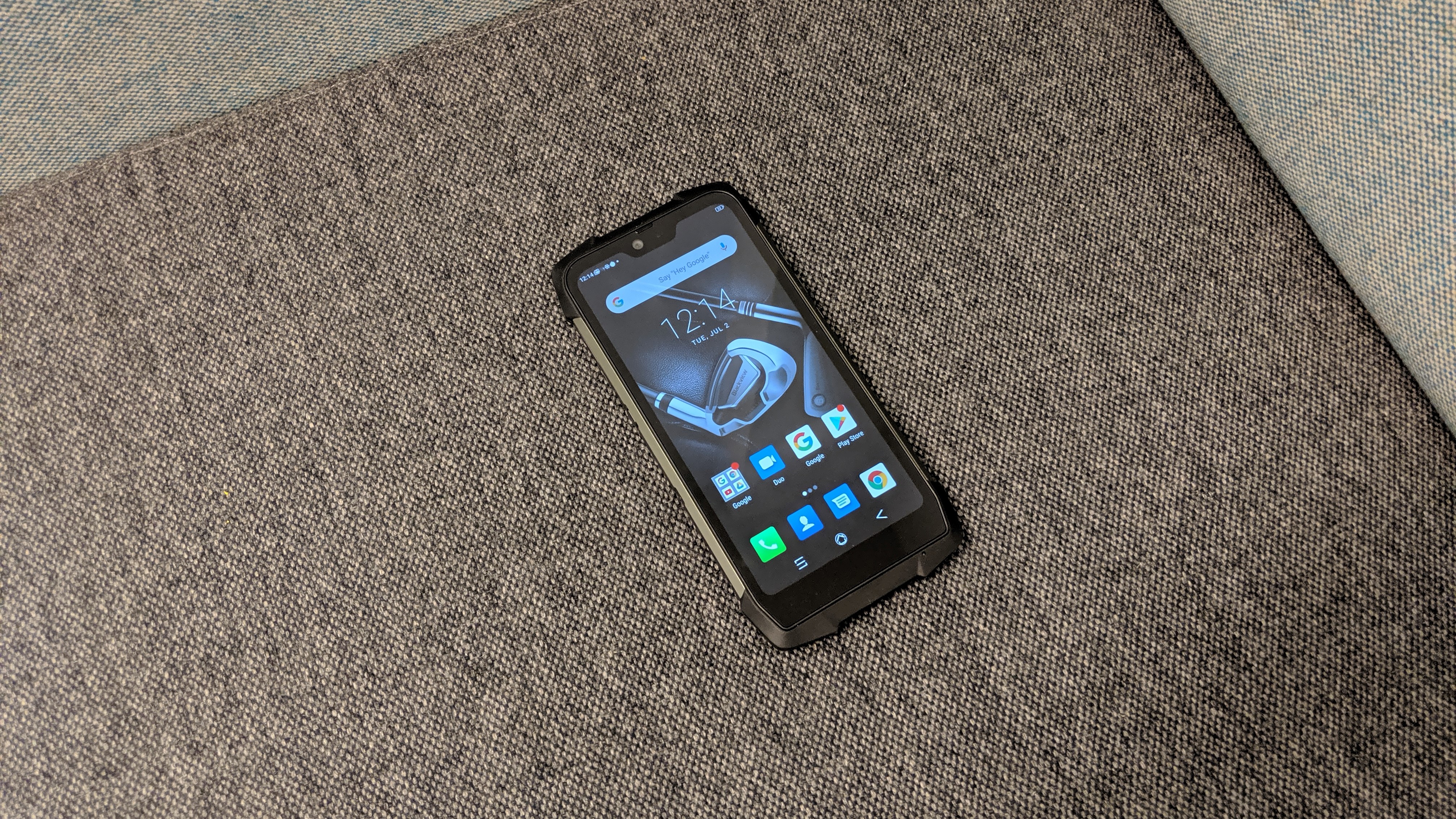
Final verdict
The BV9700 Pro is one of the best rugged devices on the market; its design is certainly less elegant than the AGM X3 but it doesn’t have a high price tag and does come with some useful features. Ultimately it’s a bit of a toss between this and the Doogee S90 and we think that the BV9700 Pro deserved its second place behind the AGM X3.
- We've also rounded up the best rugged smartphones of 2019

Désiré has been musing and writing about technology during a career spanning four decades. He dabbled in website builders and web hosting when DHTML and frames were in vogue and started narrating about the impact of technology on society just before the start of the Y2K hysteria at the turn of the last millennium.
